What is HubSpot Sales and what can it do for your business?
HubSpot Sales hub is a powerful tool that allows your business to streamline your sales process while also taking it to the next level. This hub features everything from contact management, email tracking and task automation to pipeline management and sales reporting—all of which can be done right from the HubSpot Sales hub interface.
With these tools, you'll have access to all your customer data in one place so you can better understand their needs, track progress with automated emails, generate more leads and close more deals. Ultimately, HubSpot Sales hub will help you drive success for your business as its sales performance rises.
Why you should consider using HubSpot Sales for your sales team
When it comes to sales, nothing matters more than results. And using HubSpot Sales can undoubtedly help you achieve those results. This sales hub offers a wide range of sales automation tools, which are proven to increase efficiency and productivity.
Businesses that use HubSpot sales are equipped with advanced sales workflows from templates and bots that facilitate the sales process. They also benefit from easily trackable sales leads and analytics which can tell them exactly where their sales strategies may be lagging or what adjustments need to be made in order to effectively close the sale.
All in all, if you want to equip your sales team with comprehensive sales solutions for your business, then HubSpot Sales is an excellent choice!
HubSpot Sales is full of features and we have put together the ultimate cheat sheet to fast track you learning to sell fast and with less effort.
Let’s begin
Introduction to Prospecting
There are two parts to any prospecting process. The most visible part is when you’re reaching out to potential leads, but there’s a whole bunch of behind-the-scenes action that has to happen before you can do that. And that’s what this video focuses on: all the internal stuff you have to do to figure out who you should even be reaching out to.
So your job as a modern salesperson isn’t just to close customers but to focus on closing the customers who will become advocates. Ultimately, that will mean less work for you as a salesperson. If your customers are generating new leads for you, that’s less manual prospecting you have to do. But to get there, you have to make sure you’re targeting people who are a good fit for your offering and are actually interested in what you have to offer.
There are two types of prospecting. Inbound receives incoming leads as an outbound on the other hand, makes outgoing calls, and emails connect to potential leads. Sales teams typically run outbound centres to cold call potential customers about their products.
How to get started with HubSpot Sales
The best way to get started with HubSpot Sales is by familiarising yourself with the platform. The HubSpot sales hub is divided into monitored deals, contacts, meetings, and documents, so you can easily find what you need to track your sales performance.
Once you understand how these features work together and how to use them, you can create an organised view for all of your sales activities. Furthermore, it's important to review the different configurations available within HubSpot sales and configure it according to your specific needs. Doing this will help ensure that HubSpot works in the most efficient manner so that you are selling smarter and faster!
HubSpot Sales Levels and Pricing
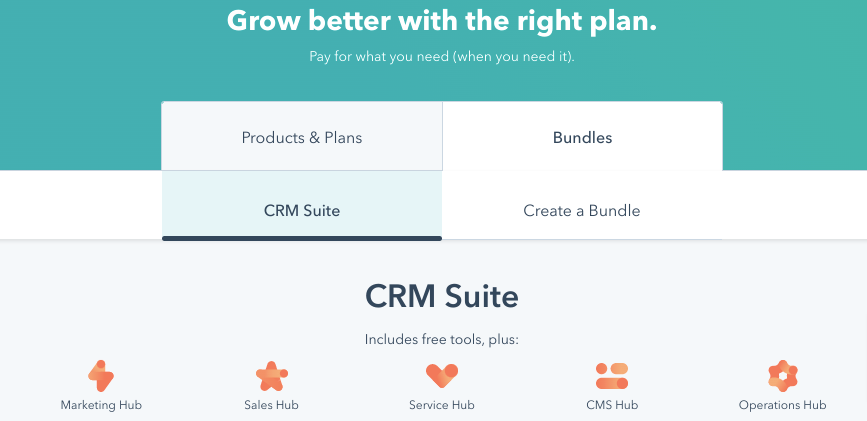
The HubSpot Sales Hub is an all-in-one sales tool that is designed to help businesses organise, track and optimise the sales process. It offers four levels of plans, each with its own features and pricing: Free, Starter, Professional and Enterprise
The Free plan offers a limited set of features but provides a great introduction to the platform for small businesses. It includes basic CRM capabilities, website lead capture tools, email tracking and reporting dashboards. This tier is suitable for smaller businesses who need a basic sales platform without any additional bells and whistles.
The Starter plan costs $22/per seat / per month (Australian dollars) and includes some additional features like automated sequences, automated document generation and contact insights. This plan is suitable for medium-sized businesses needing to scale their sales operations with more automation in their workflows
The Professional plan costs $126/per seat / per month (Australian dollars) and adds even more advanced features such as AI-powered forecasting tools, custom fields for managing customer profiles, and integration capabilities with other third-party apps. This tier is ideal for larger organisations that need to take control of their data with comprehensive reports on performance metrics and granular control over customer segmentation
Finally, the Enterprise plan costs $220/per seat / per month (Australian dollars) or more depending on usage and grants access to advanced customization options like custom onboarding processes tailored to specific customer types or user roles.
HubSpot Sales Enterprise has recently introduced serverless functionality, a cutting-edge feature designed to elevate the customization and automation capabilities available to sales teams. This new functionality allows users to deploy custom code directly within HubSpot, enabling the creation of highly tailored workflows, integrations, and processes without the need for external hosting or complex infrastructure management. By leveraging serverless functions, sales teams can now automate unique business logic, integrate with third-party APIs seamlessly, and enhance data processing in real-time, all within the secure and scalable environment of HubSpot. This innovation not only streamlines operations but also opens up new possibilities for personalized customer engagement and efficiency in sales strategies, making it a significant addition for businesses looking to leverage technology for competitive advantage.
HubSpot Predictive Machine Learning
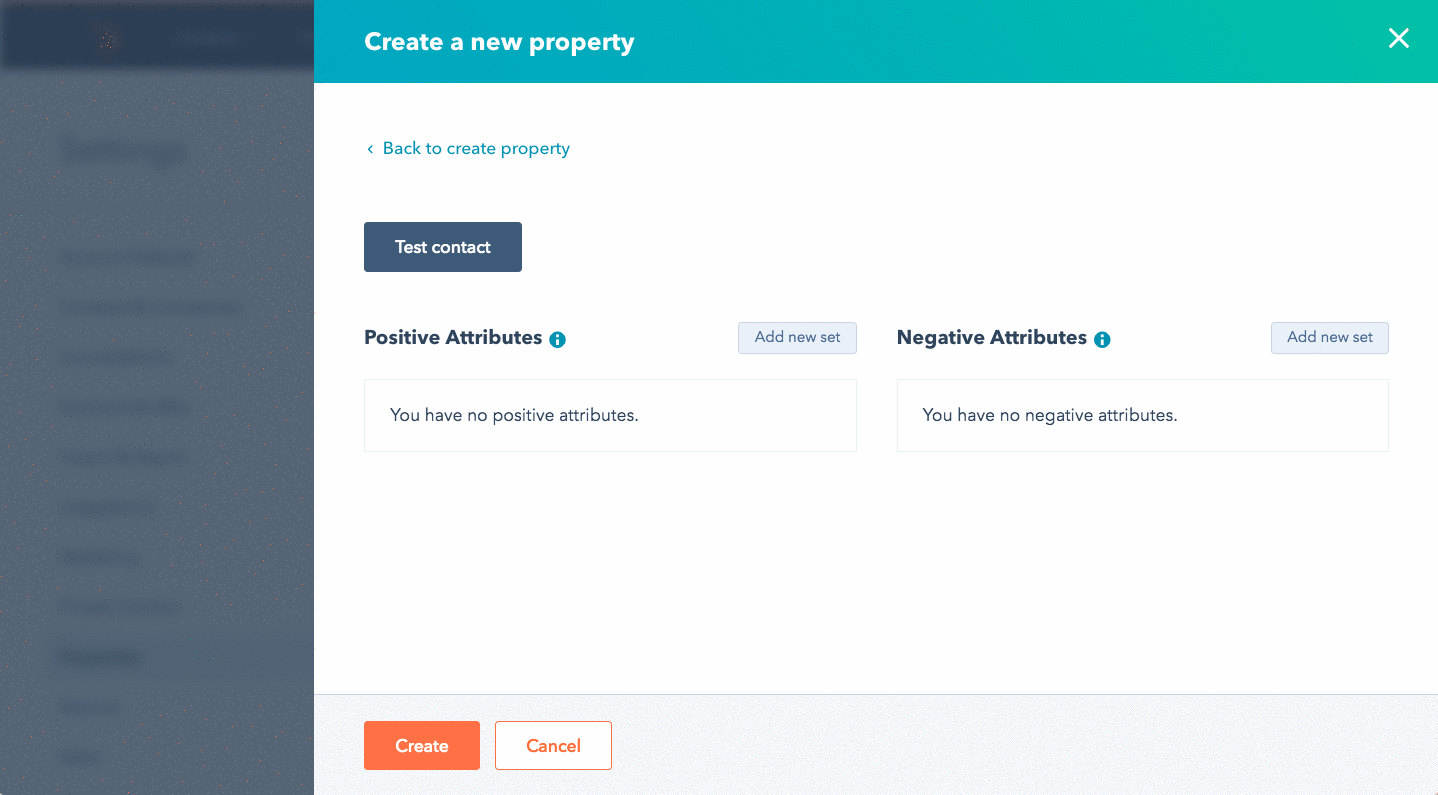
To help HubSpot Sales (professional and Enterprise levels) come with predictive machine learning algorithms, HubSpot analyses your customers and industry customer sets to determine the probability that your open contacts will close as customers within 90 days
The likelihood to close and Contact priority properties allow you to analyse and segment your contacts based on this predictive lead scoring model.
-
Likelihood to close: a score that represents the percentage probability of a contact closing as a customer within the next 90 days based on standard contact properties and behaviour. For example, contacts with a close probability value of 22 have a 22% chance of closing as a customer in the next 90 days.
-
Contact priority: categories of contacts based on the Likelihood to close score, which can be used as CRM filters to segment your best and/or worst leads.
-
The Very High, High, Medium and Low categories will each contain 25% of your contacts based on the Likelihood to close score, with the Very High category applying to the top 25% of scores.
-
The Closed won category applies to contacts whose lifecycle stage is Customer.
-
Because the categories are relative groupings, the range of scores in each category may shift over time. If you have a newer HubSpot account, you may see lower scores in the top tier. As more data accumulates on your contacts and customers over time, you may see higher scores in the top tier.
-
The HubSpot Prospecting Workspace
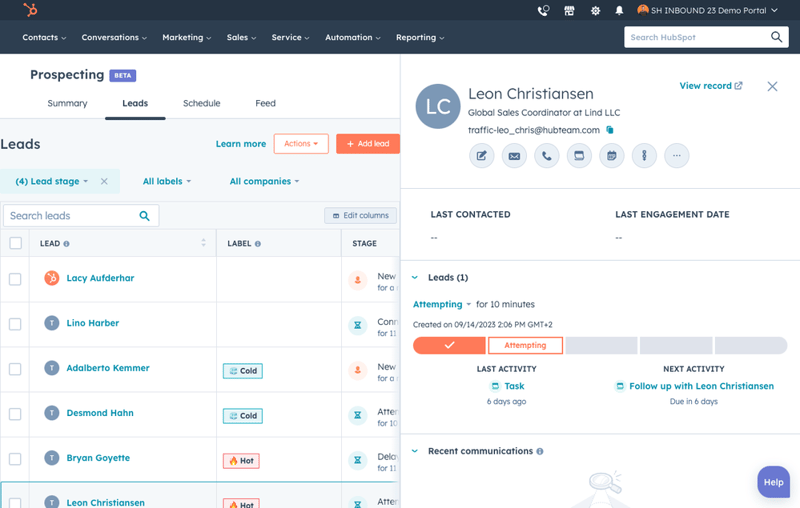
In the ever-evolving world of sales, staying ahead means leveraging the latest tools designed to streamline processes and enhance efficiency. The HubSpot Prospecting Workspace is a testament to HubSpot's commitment to innovation, offering sales teams a powerful new feature set that revolutionizes the way they identify and engage with potential leads.
What is the HubSpot Prospecting Workspace?
The HubSpot Prospecting Workspace is an integrated feature within the HubSpot Sales Hub, designed to provide sales teams with a centralized platform for managing their prospecting activities. This workspace combines advanced lead intelligence, task management, and engagement tools in a single, user-friendly interface, enabling sales professionals to prioritize and connect with prospects more effectively than ever before.
Key Features and Benefits
-
Streamlined Lead Management: Centralize your lead management process with the Prospecting Workspace. Quickly access lead information, interaction history, and engagement scores to prioritize your efforts on the most promising prospects.
-
Advanced Lead Intelligence: Harness the power of HubSpot's AI and machine learning capabilities to gain deep insights into prospect behavior. Understand which leads are most likely to convert based on their interactions with your content, website, and communication channels.
-
Efficient Task Automation: Automate routine prospecting tasks, such as follow-up emails and lead qualification, freeing up more time for high-value sales activities. Customizable workflows allow you to tailor automation to your team's specific processes.
-
Personalized Outreach at Scale: Utilize HubSpot's rich templating and personalization features to create compelling, customized outreach messages. Increase response rates by making each prospect feel uniquely understood and valued.
-
Seamless Integration with Sales Tools: The Prospecting Workspace is fully integrated with the rest of HubSpot's Sales Hub, ensuring a seamless transition from prospecting to deal closure. Leverage HubSpot's CRM, email tracking, and scheduling tools to keep your sales process flowing smoothly.
-
Collaborative Team Environment: Foster a collaborative sales environment by sharing insights, leads, and strategies with your team directly within the workspace. Real-time updates and notifications keep everyone aligned and focused on common goals.
Leveraging the Prospecting Workspace for Maximum Impact
To make the most out of the HubSpot Prospecting Workspace, sales teams should:
-
Customize the Workspace to Fit Your Sales Process: Tailor the workspace's settings and features to align with your team's specific needs and sales strategies.
-
Integrate with Other HubSpot Tools: Ensure you're leveraging the full power of HubSpot by integrating the Prospecting Workspace with other tools such as the CRM, email marketing, and customer service hubs.
-
Regularly Review and Refine Your Prospecting Strategies: Use the analytics and reporting features within the workspace to continually assess the effectiveness of your prospecting efforts and make data-driven adjustments as needed.
-
Encourage Team Adoption and Collaboration: Promote the use of the workspace among your sales team and encourage sharing of best practices and success stories to enhance overall team performance.
The HubSpot Prospecting Workspace is more than just a tool; it's a strategic asset for any sales team looking to optimize their prospecting efforts and drive better sales outcomes. By embracing this powerful workspace, sales professionals can not only work smarter but also create more meaningful connections with their prospects, paving the way for sustained sales success.
Generating Sales
The goal is to close more deals and increase revenue for your business using HubSpot’s sales tools. HubSpot sales tools allow sales reps to easily manage and complete their daily tasks, including sending emails to prospects, making calls, and booking meetings. You can also streamline and centralise your sales communications, including incoming emails or messages sent via a chat widget on your website, in the conversations inbox.
Let’s look in more detail at the different types of HubSpot sales tools
Contact management
The foundation of your HubSpot account is a database of your business relationships and processes, called the CRM (Customer Relationship Management). In HubSpot, the CRM includes four standard objects: contacts, companies, deals, and tickets. Each object represents a different type of relationship or process. Below, learn how to get started managing a CRM database in HubSpot.
Manage properties
Properties allow you to store all the different types of information you collect about your records in HubSpot. This information allows you to segment, track, and report on your HubSpot database. Each of HubSpot's standard CRM objects has its own set of default properties, which apply to all records within that object. You can also create custom properties to store additional types of information about your records.
Properties are used to store data on HubSpot’s standard CRM objects, custom objects, and products. To Create custom properties here
Gmail and Outlook integration
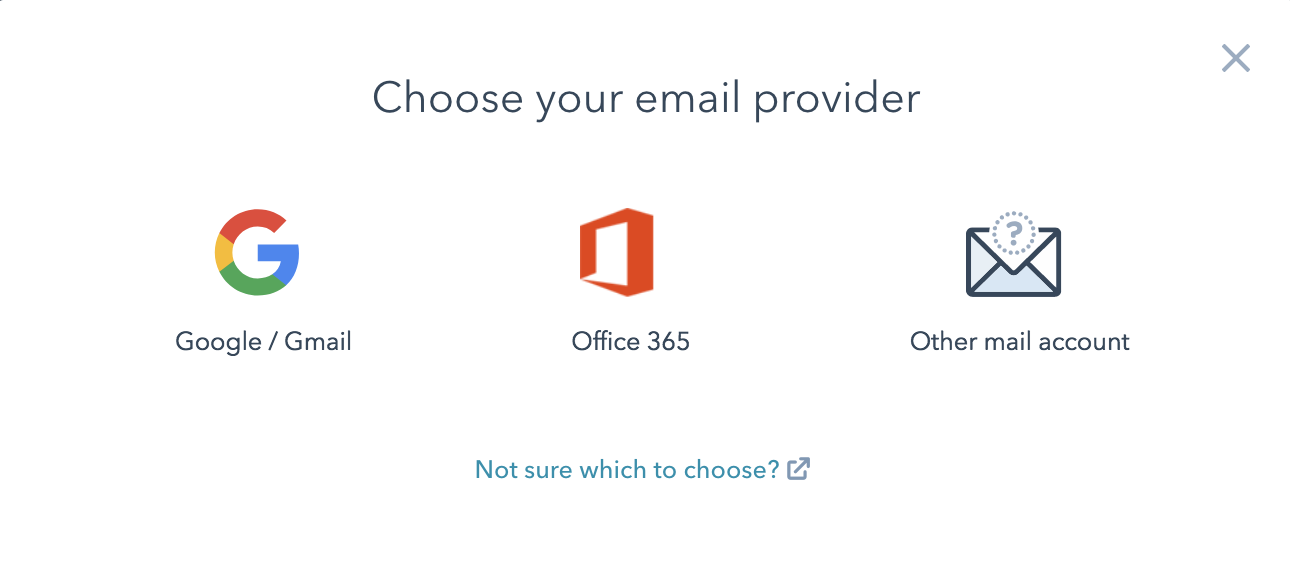
To access the sales tools directly from your personal email account, install the HubSpot Sales email extension or add-in. Using the extension, you can log emails you send from your inbox to the recipient’s record in HubSpot and track if they open the email.
-
Connect your personal email: Gmail | Office 365 | IMAP
-
Install the HubSpot Sales email extension or add-in: Gmail | Office 365 | Outlook desktop
Email templates
With templates, you can save repetitive email content as an email template. Before sending a template, you can personalise and tailor the content to your recipients. You can access templates from the CRM or when sending an email from your inbox.
Email Scheduling
You can send an email to individual contacts in HubSpot from the contact record or from the associated company, deal, ticket, or custom object record. You can also reply to emails in HubSpot from the record timeline.
Email tracking and notification
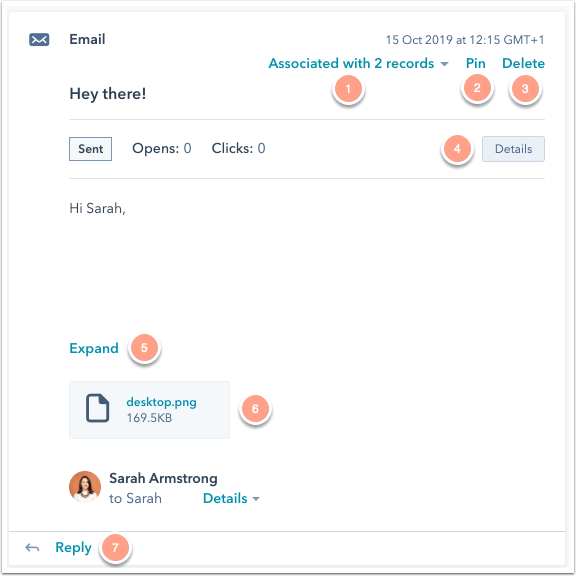
HubSpot's Sales Email Tracking and Notification feature provides users with a comprehensive system to track their emails, notifications, and deliveries. The feature allows users to create automated alerts for when emails have been opened or links clicked, track email performance metrics, see who viewed an email, set up follow-up reminders, and receive notifications on the activity of prospects. All of this helps to provide valuable insights into engagement rates and user behaviour. Additionally, the feature can be customised according to the user's needs .
Tasks
Keep track of your daily to-do list using the tasks tool. You can create tasks for upcoming calls, emails, and other to-do items. On your tasks home, filter for tasks that are due that day so you know what you need to prioritise. Or you can choose to receive a summary of your outstanding tasks in a daily digest email. Mark tasks as complete as you work through the list, and create follow-up tasks if you need to revisit something in a few days. You can also manage your tasks on the go using the HubSpot mobile app.
Calling
While working in HubSpot, you may need to make a call to one of your contacts while working from their record in the CRM. Add your phone number from a contact record and start making calls without leaving HubSpot. You can take notes and record the call. Sales managers can navigate to contact records and locate call recordings if they want to review them.
Documents
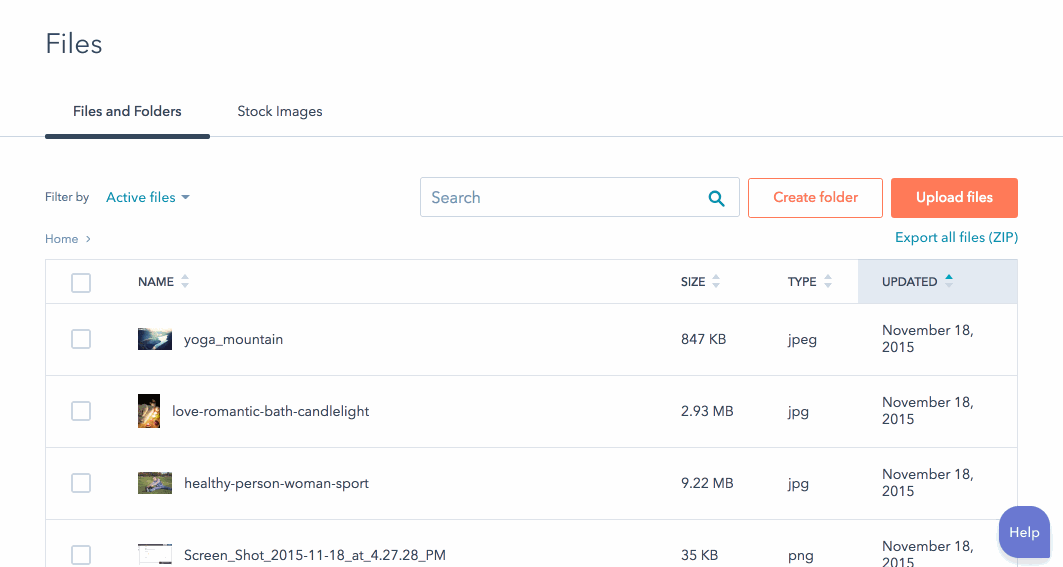
The HubSpot Sales Documents feature allows users to send custom, branded sales documents such as proposals and contracts. The documents can be customised with the user's logos and various formatting options, and they are stored in an online library for easy access whenever needed. This feature makes it easier for companies to provide a more professional experience to their clients, while also streamlining the sales process. Documents can be sent directly from HubSpot or exported into Word or PDF format for further customization.
Deals
Track potential revenue opportunities using deals. Store information such as close date, deal amount, and deal owner in a deal record. Monitor your deals in a pipeline as they move through different stages to identify and resolve any roadblocks. When it’s time to close a deal and make a sale, you can create a quote directly from the deal record. A quote is a shareable website page that contains pricing and payment information for your products and services.
-
Automate tasks on deal stages (Sales Hub Starter, Professional, and Enterprise only)
Canned snippets
HubSpot’s Sales Canned snippets feature is a powerful tool that allows salespeople to quickly create and save templates for commonly used messages and communication styles. This feature makes it easy to personalise conversations with leads and existing customers, while saving time on tedious manual work. HubSpot’s canned snippets help sales reps respond faster to inquiries, reduce errors in communication, and create an overall more professional sales experience
In addition to providing personalised responses quickly, HubSpot's Sales Canned Snippets also make tracking performance metrics more efficient. By customising which snippets are being used for each lead or customer conversation, teams can easily measure how effective their communication strategies are and ensure they're reaching the right people at the right time
Meeting scheduling
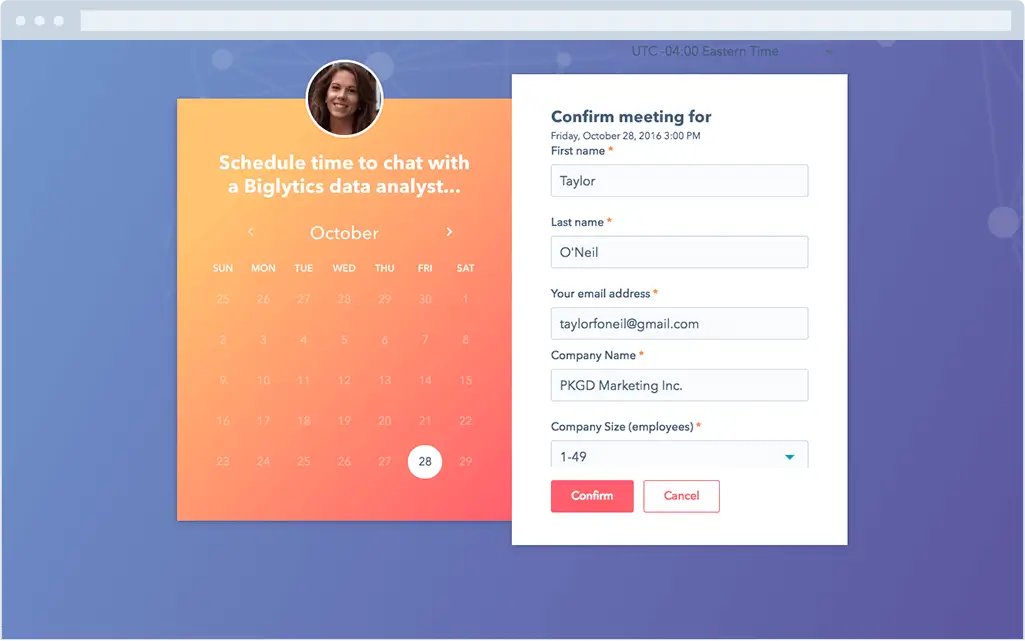
When it’s time to start booking demos and calls, you can create and share meeting links with your prospects so they can easily book time with you on your calendar. You need to connect your Google or Office 365 calendar to the meetings tool in your account settings. The tool ensures that you’re never double-booked and automatically adds all meetings booked through a meeting link to your calendar.
You can also use HubSpot's calendar sync with Google Calendar or Outlook Calendar. This integration allows you to schedule a meeting directly from a contact's record, or from your integrated Google Calendar or Outlook Calendar.
Conversation Inbox
The conversations inbox is a central location in HubSpot where messages from all your connected channels will appear, such as email and chat. You can view ongoing conversations, reply to messages, and create tickets for each conversation.
You can create a conversations inbox that is specifically for your sales team. With a shared team email address connected, you can reassign threads to another sales rep or comment on a thread to get another team member’s perspective. A team email address is a shared email address that multiple users have access to and use to communicate with customers, and is separate from a personal email address that you use to send one-to-one sales emails.
You can also connect a chat channel, Facebook Messenger channel, or form channel to your inbox.
-
Connect channels to the inbox: Team email | Chat | Facebook Messenger | Form
Conversational Live Chat
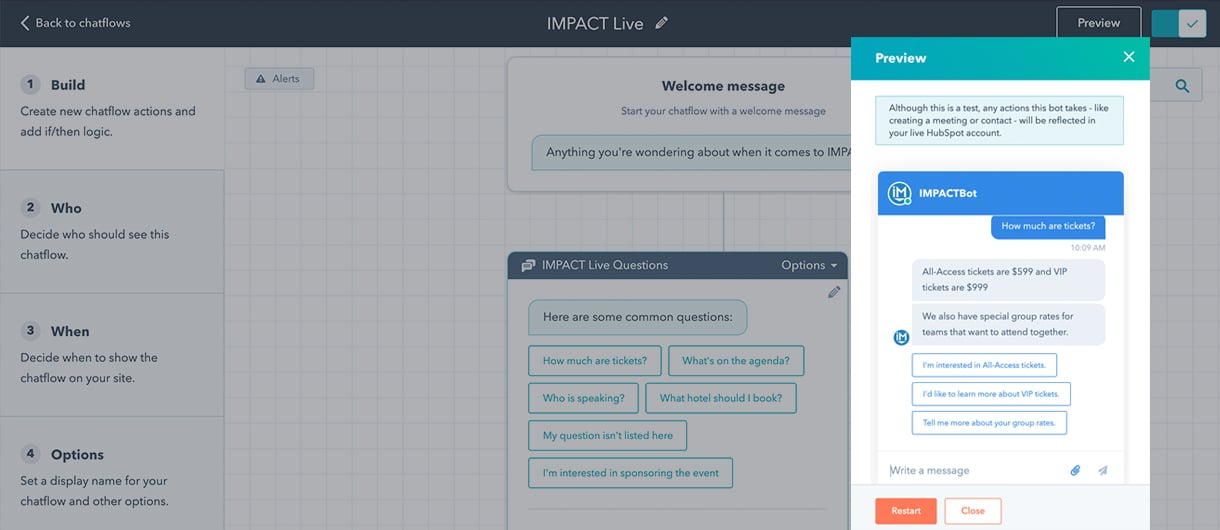
Chatflows are chat widgets that you can add to your website. Any incoming messages will be routed to your conversations inbox where you can respond. There are two types of chatflows: live chat and bot.
Live chat chatflows allow visitors to start real-time conversations with members of your sales team. For example, you might want to add a live chat to your pricing page so visitors can start a conversation with your sales reps while reviewing your pricing and packaging information.
Before getting started, make sure to set up your chat channel in the conversations inbox and ensure you've installed the HubSpot tracking code on your website.
Bot chatflows lead visitors down a path of pre-set actions until their inquiry is resolved or they can connect with someone on your team. Bots can help your sales team manage incoming messages at scale. For example, you can create a bot that asks for information about a visitor’s job title and company size. Depending on their response, you can route them to the correct internal team.
1:1 video creation

The HubSpot Sales 1:1 Video Creation feature enables users to create personalised videos for sales prospects and customers. This feature allows users to customise their videos with images, text, audio, and video clips from the HubSpot Library. It also offers a range of editing functionality, allowing users to trim and rearrange clip order as well as add transitions between clips. The Sales 1:1 Video Creation feature makes it easy for users to produce professional-grade videos in minutes without any prior knowledge of video editing tools.
By leveraging the power of video, users can communicate effectively with their customers or prospects while demonstrating detailed product features or services they offer. In addition, HubSpot's library of images, text, audio and videos helps users create stunning visuals that will surely make an impact on their audience.
Playbooks
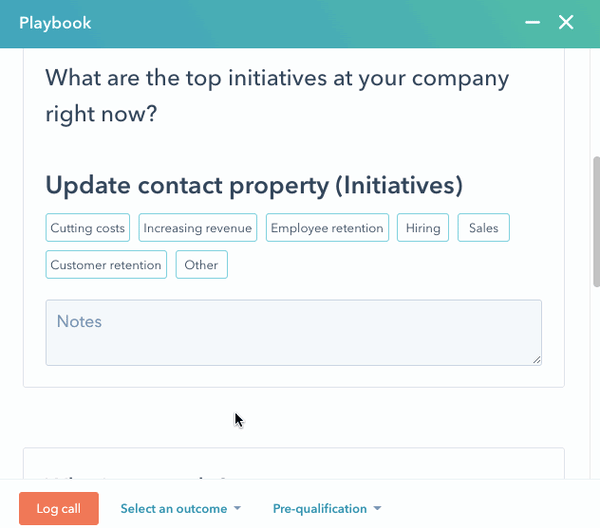
Playbooks are a powerful feature of this platform, which enables sales teams to create customised plans for each customer interaction by mapping out the entire process from start to finish. This allows sales reps to quickly identify opportunities, build better relationships with customers, and increase their closing rate.
Additionally, Playbooks provide detailed insights into customer behaviour, enabling reps to make data-driven decisions about how to approach certain prospects or what strategies should be used in order to close a deal successfully. Furthermore, HubSpot's Knowledge Base provides detailed information on how to get started with Playbooks as well as tips and best practices for successful use.
Call transcription and reporting
The HubSpot Sales Hub feature, Call Transcription and Reporting, is a powerful tool for sales teams that helps to track, monitor and record customer conversations. This feature allows users to easily transcribe calls in real-time and generate comprehensive reports on the conversation analysis. It also enables users to gain insights from past calls and use them to improve sales strategies.
Calculated properties
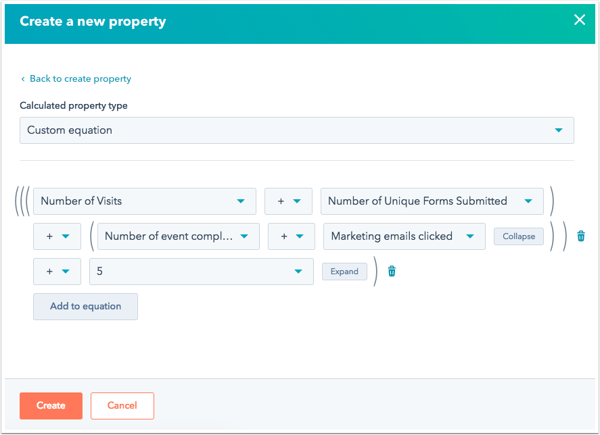
The HubSpot Sales Hub feature Calculated Properties is an incredibly powerful tool for sales teams. It helps salespeople to quickly and easily create formulas that can automatically populate custom fields with calculated values, so that they can quickly identify key trends and insights. Through this feature, sales reps can create formulas that calculate the difference between two dates, the number of days since a certain event occurred or any other data-driven metric.
They can also use this feature to apply conditional logic (if/then) to automatically add values based on specific criteria. For example, if a field contains a certain value, then another field will be populated with a different value.
Sales automation
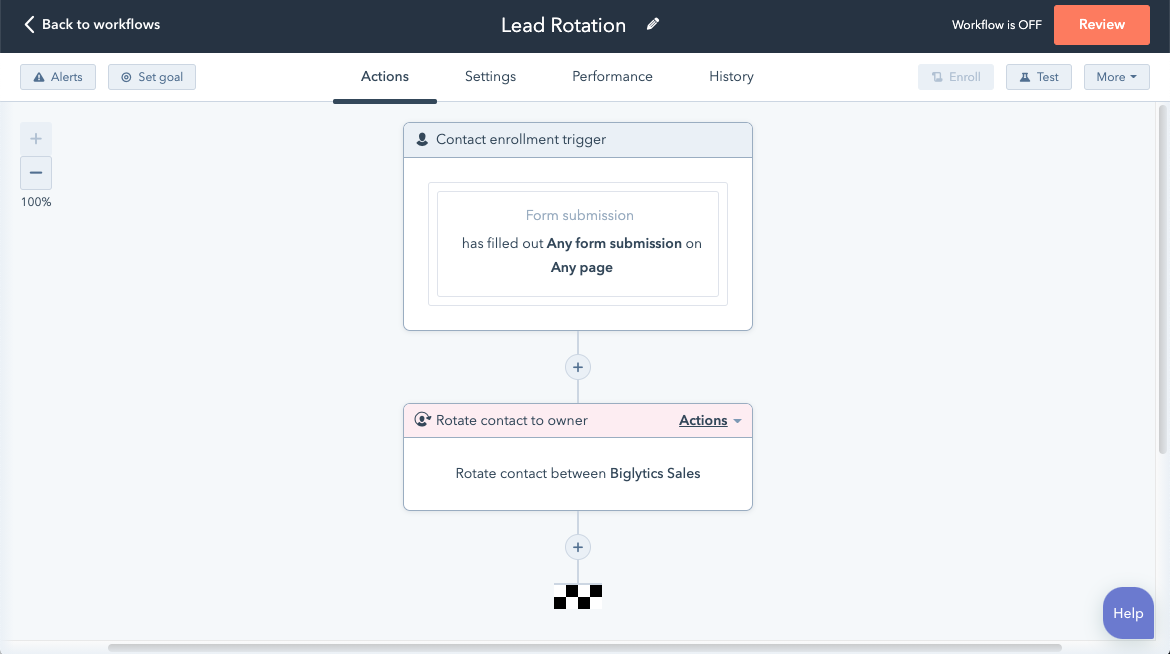
With the Sales Automation feature, users can streamline their sales process, automate mundane tasks, track customer interactions, and more. This powerful tool helps sales teams increase efficiency by automating tedious manual tasks such as data entry and scheduling follow-up emails.
Additionally, the Sales Automation feature allows users to track customer interactions in order to gain valuable insights into customer behaviour. With access to these insights, users can better understand their leads and prospects as well as tailor their approach to meet their needs more effectively. Furthermore, with automation tools such as email sequences and other customizable options, users can place themselves in a better position to make successful contacts with customers.
5 tips on making the most out of HubSpot Sales
With HubSpot Sales, you can use hubspot workflows to streamline sales processes and ensure deals close on time. It's an opportunity to make the most of your resources, while still using those powerful human skills that are necessary for a successful sale.
1. Utilise HubSpot Sales’ Comprehensive Reach: The platform offers an extensive range of tools, from customer relationship management (CRM) and marketing automation, to sales pipeline management, customer service, and sales analytics. With these tools integrated into one suite, you can be sure that your reps have access to the latest data and insights that will guide them in their sales efforts. Additionally, using a single platform also simplifies your reps’ workflow – making it easier for them to focus on closing deals faster
2. Leverage Automated Features for Efficiency Gains: For any sales team, efficiency is key for success. By leveraging automated features such as email tracking and call recording on HubSpot Sales, your reps can save time on mundane tasks and instead focus their energy on better understanding customer needs and getting deeper insights into conversations with prospects. Furthermore, by collecting data from all customer interactions into the same system, reps gain a comprehensive view of each prospect’s journey which allows them to better tailor their pitches accordingly
3. Take Advantage of Reporting and Analytics: Analysing vast amounts of customer data can be daunting; however HubSpot Sales provides easy-to-use reporting capabilities that help make sense of it all! With its intuitive dashboards and reports – such as deal velocity metrics or funnel analysis – your reps can quickly gain insights about their performance against targets as well as identify areas needing improvement. This helps ensure that each rep is focusing their attention where it matters most in order to drive the best results possible
4. Use Collaborative Tools for Increased Productivity: One of the most important aspects for any sales team is collaboration between its members. Even when working remotely or across different time zones, having the ability to collaborate quickly and easily can make a world of difference when trying to close deals faster! Fortunately, HubSpot Sales offers collaborative tools such as document sharing and comment features that allow teams to work together seamlessly no matter where they are located around the globe
5. Make Use of Training Resources and Support Teams: Last but certainly not least, implementing HubSpot Sales comes with access to a wealth of training resources and support teams ready to help you get the most out of the platform ! Whether you need assistance setting up new processes or configuring user roles within organisations – these dedicated teams are there to lend a hand whenever needed; so don’t hesitate to reach out for help if you feel like you could use some extra guidance!
Conclusion
Now that you know all there is to know about HubSpot Sales, it's time to get started with integrating this powerful tool into your business. If you're not sure where to start or what steps to take, check out our free guide below. This guide will show you how to save time and grow your business by integrating HubSpot Sales into your workflow. Thanks for reading and good luck!
Need technical help with HubSpot CRM automation, learn more about our HubSpot CRM Operation Service here.
Editor's Note: This article was originally published on 15 Dec 2022 and was updated on 21 Mar 2024.





